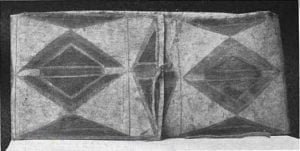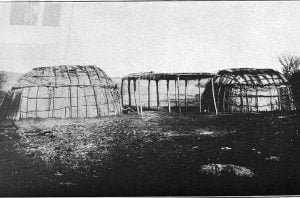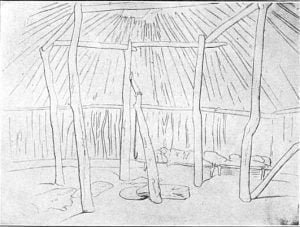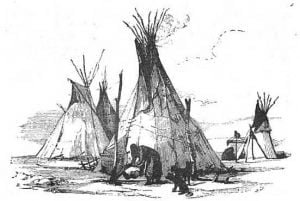Eno Indians
The Eno tribe, likely of Siouan linguistic stock, was historically situated along the Eno River in present-day Orange and Durham Counties, North Carolina. Their exact origins remain unclear, with some doubts raised about their classification due to unique characteristics. Closely associated with the Shakori tribe, the Eno shared a village named Adshusheer, located near modern-day Hillsboro. First mentioned in 1645, they were noted for resisting Spanish advances and later appeared in colonial records as part of a confederation with other tribes like the Saponi and Occaneechi. By 1714, they began migrating toward Virginia, eventually settling in South Carolina, where they likely merged with the Catawba. The tribe’s name endures in several geographic features, including the Eno River and Enoree River, reflecting their historical presence in the region.








